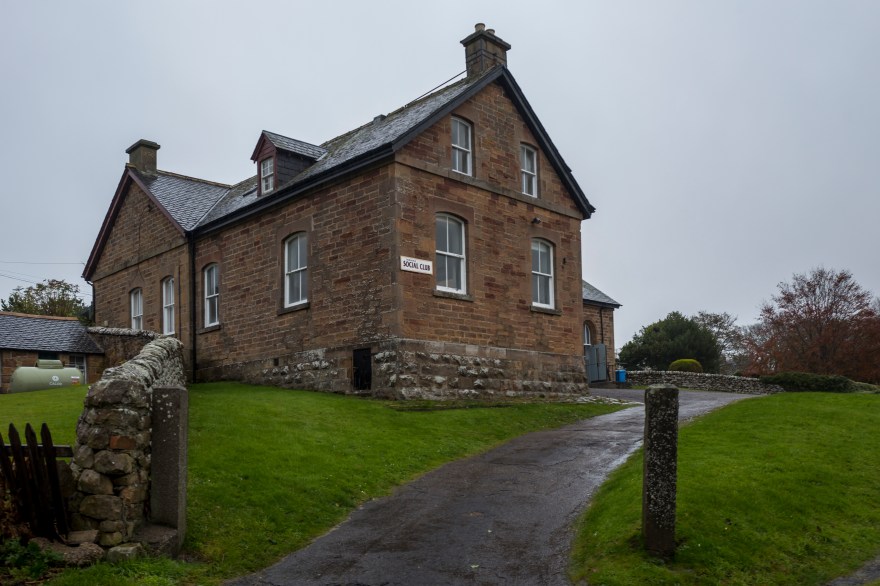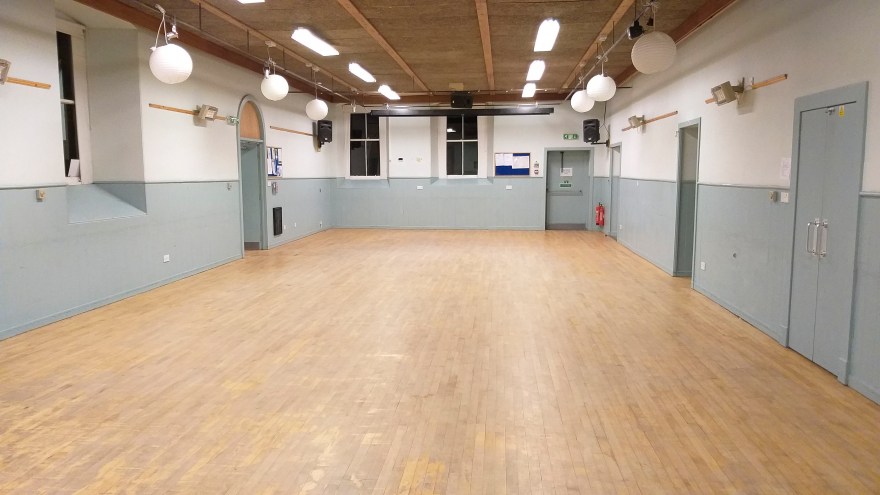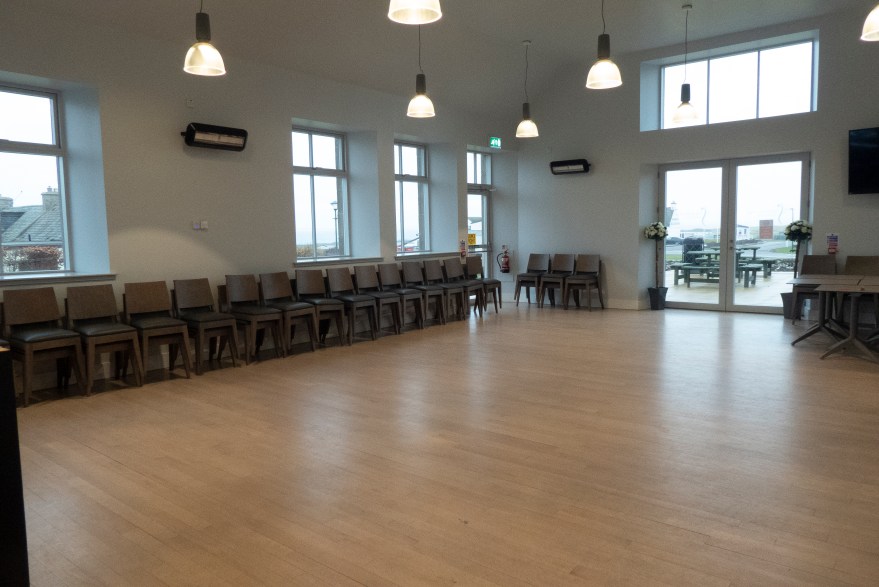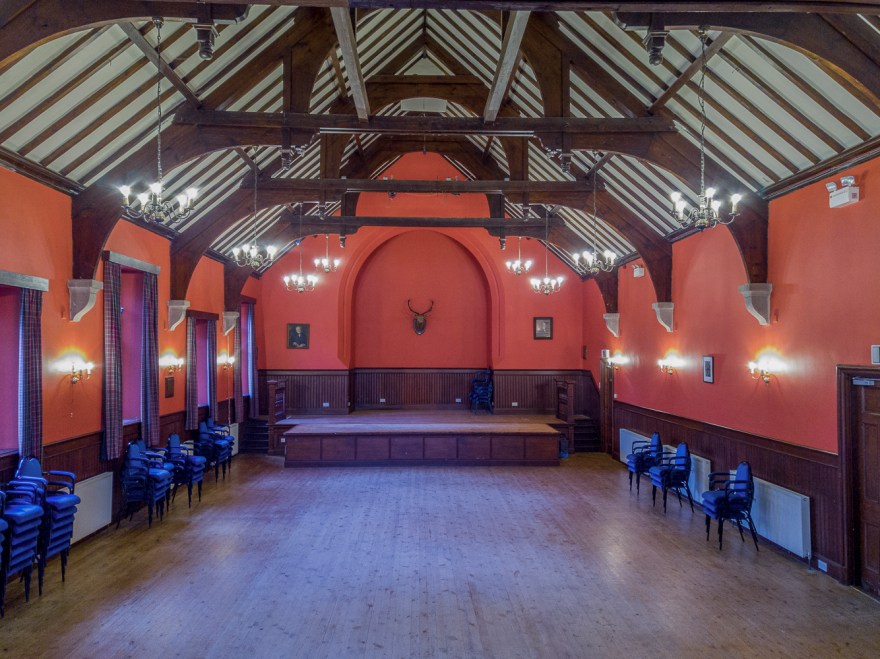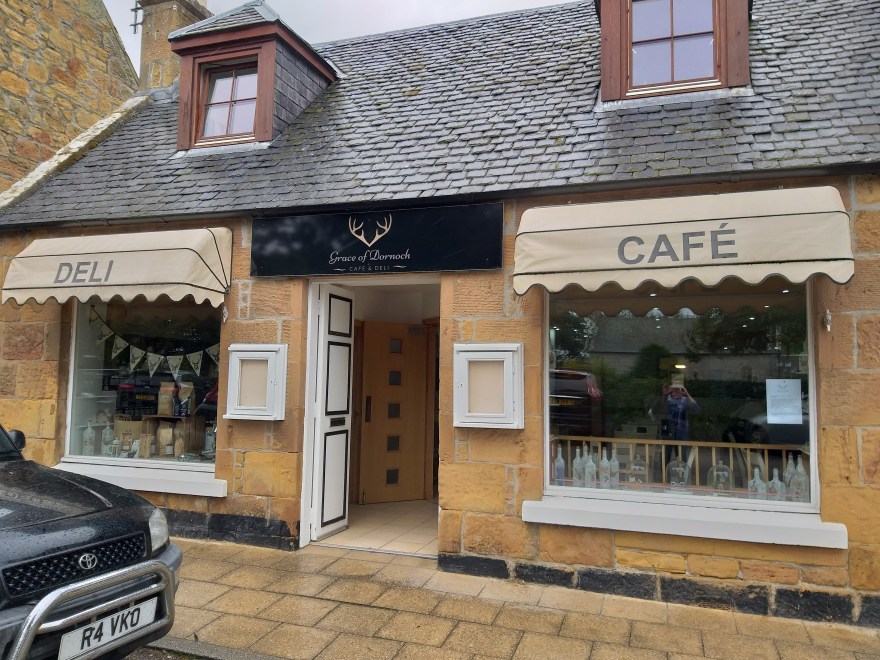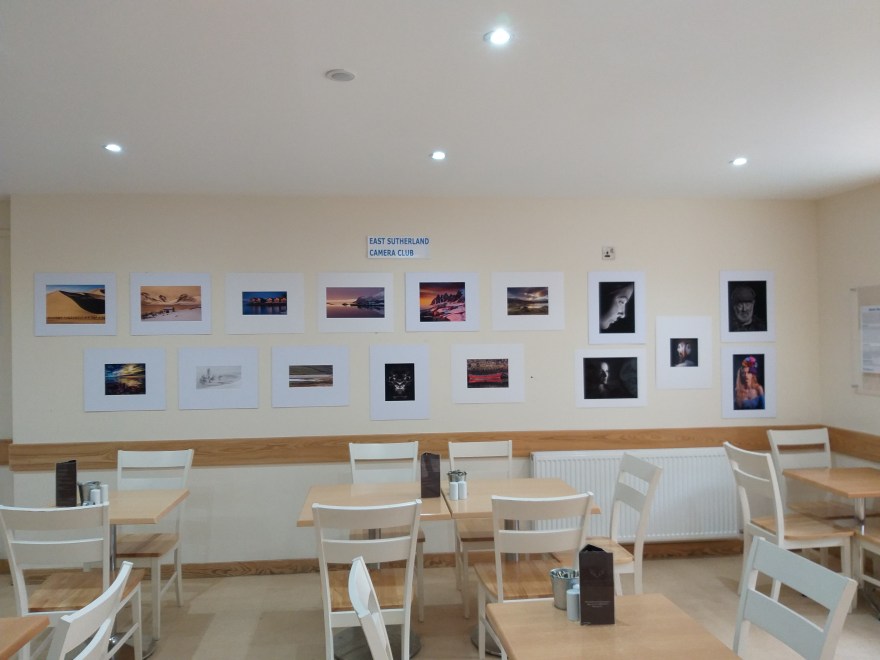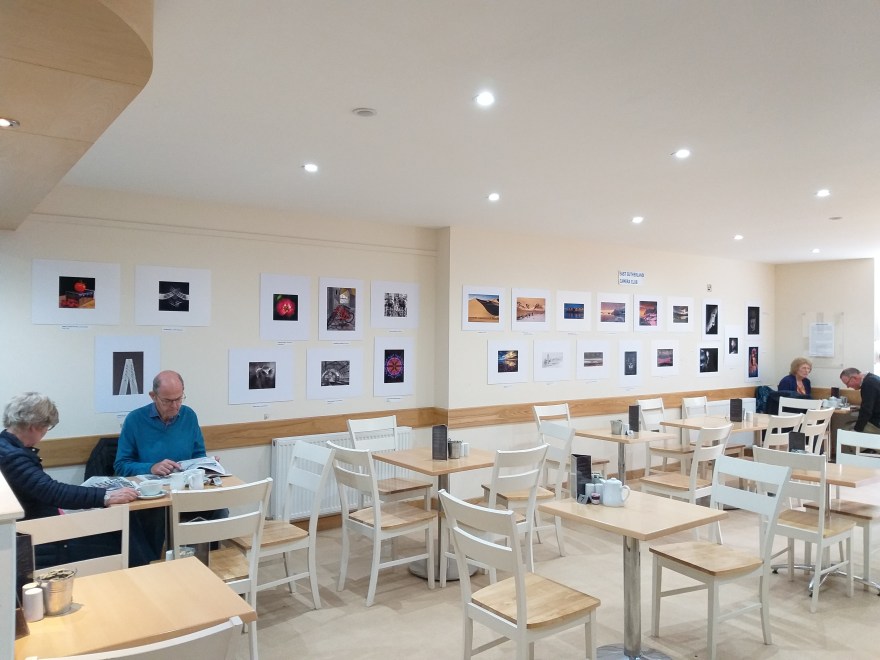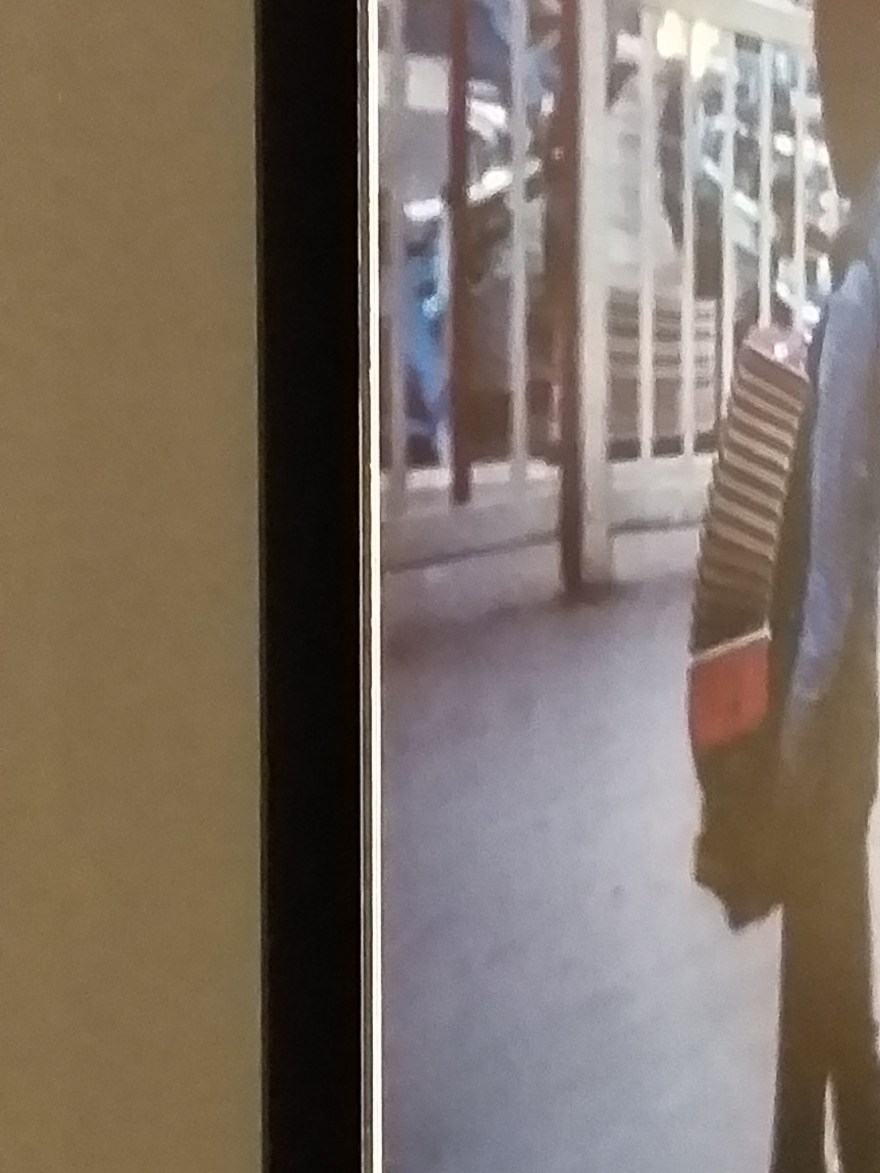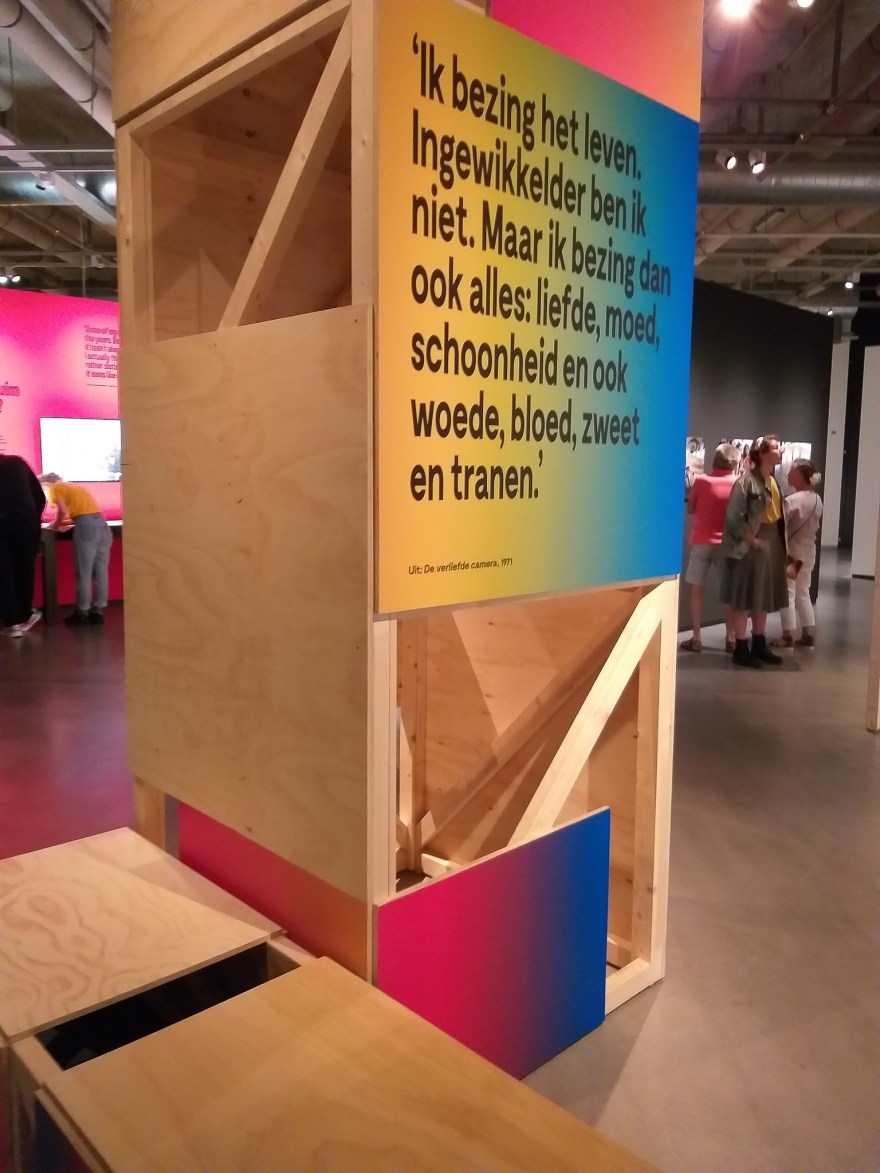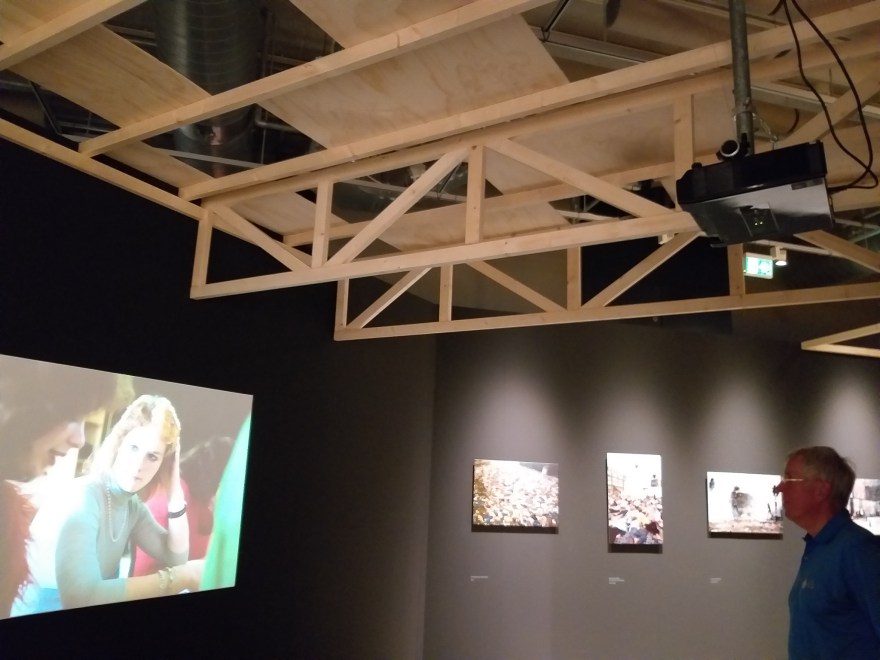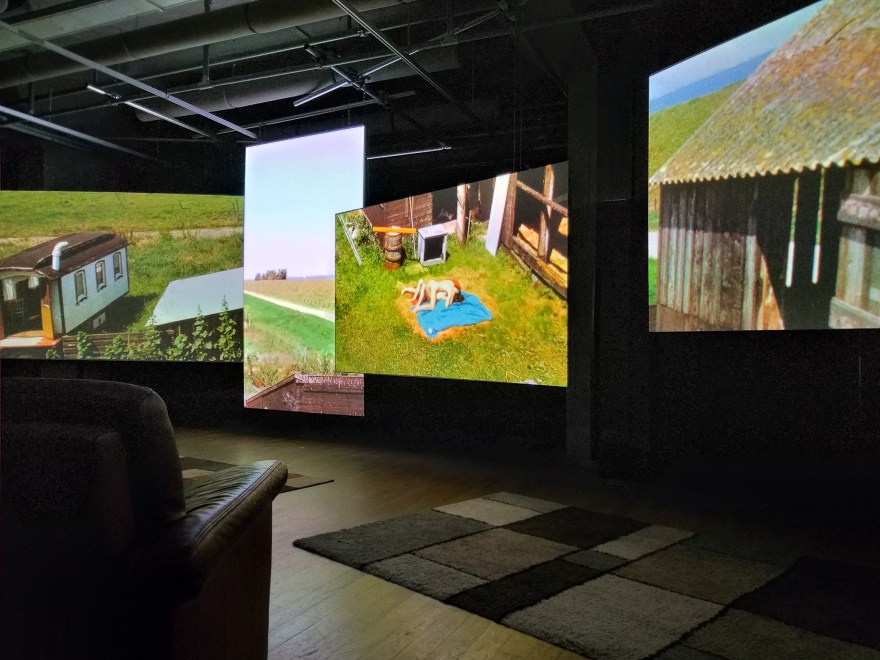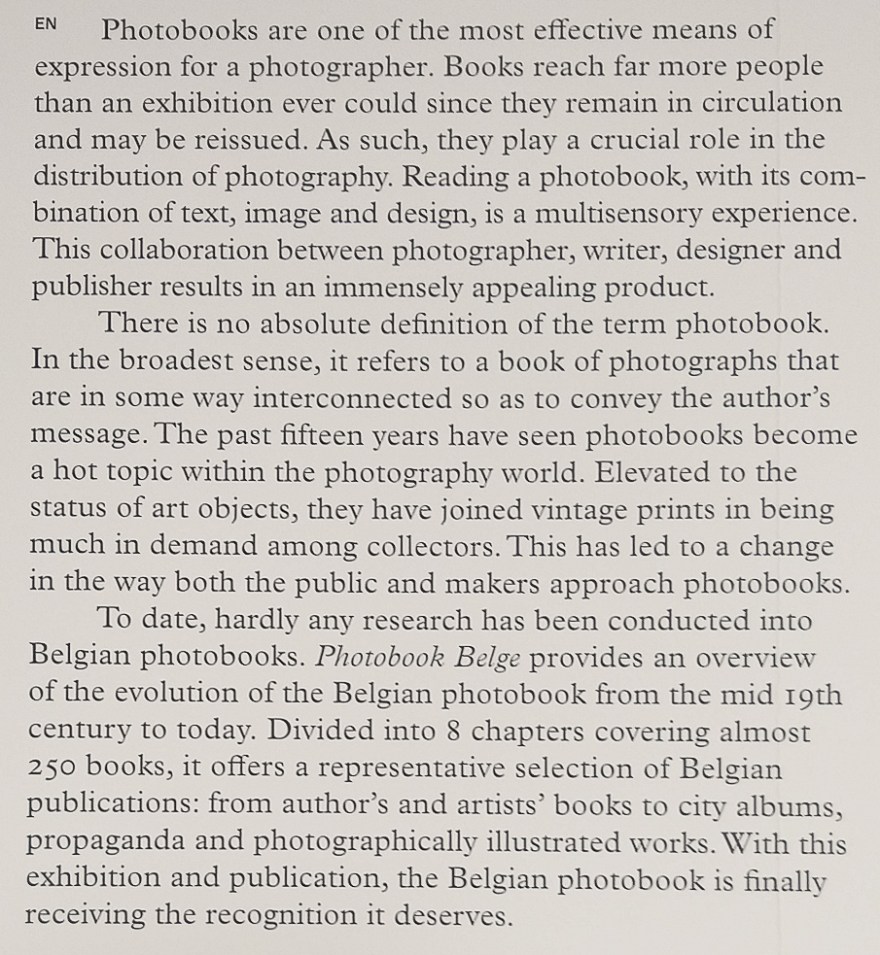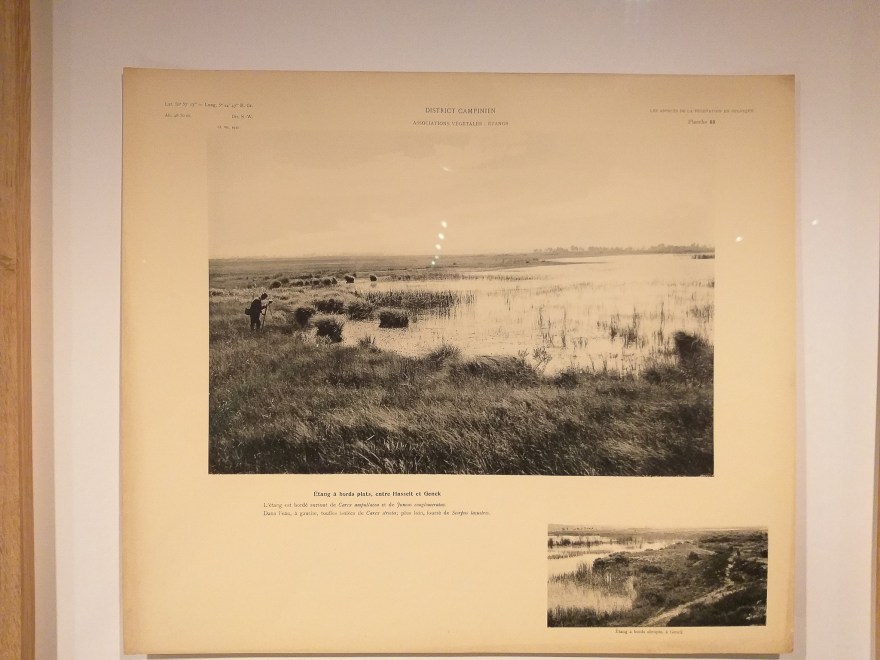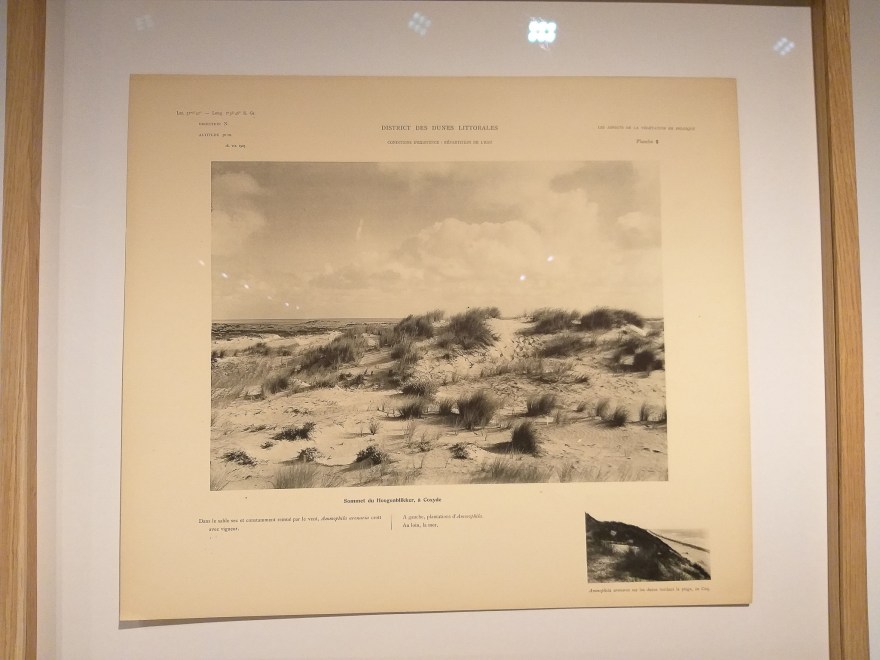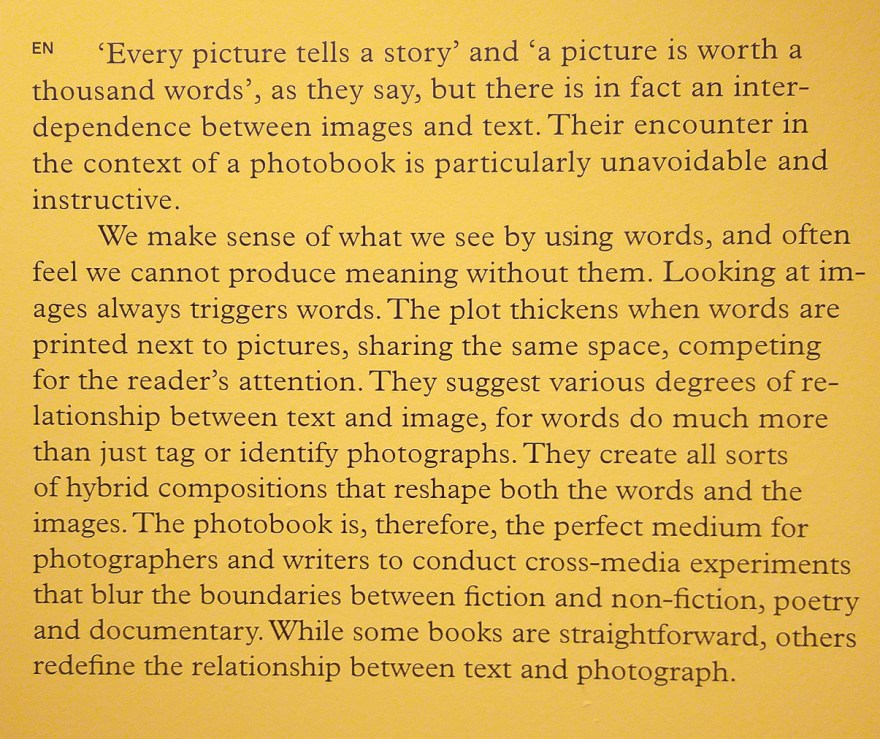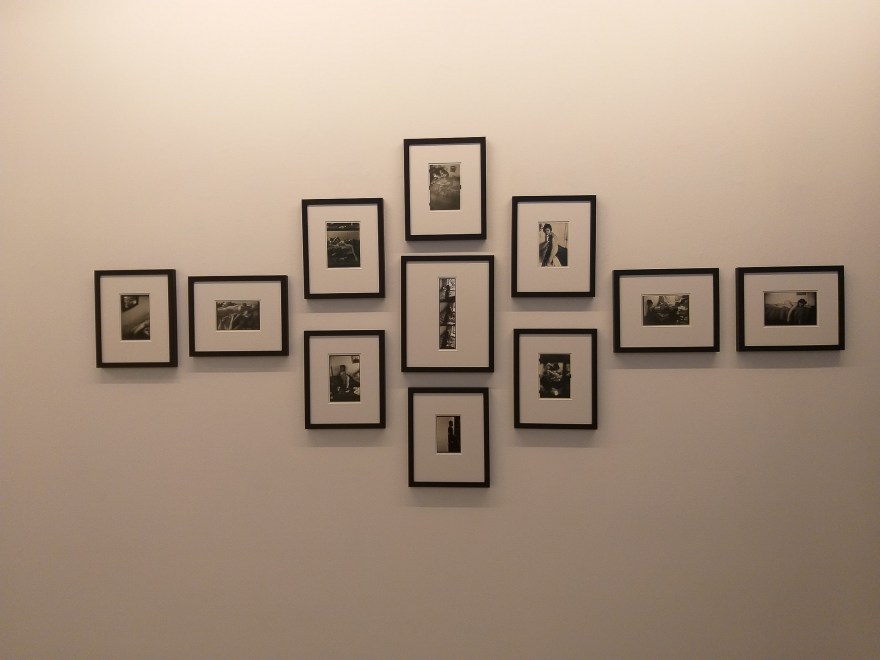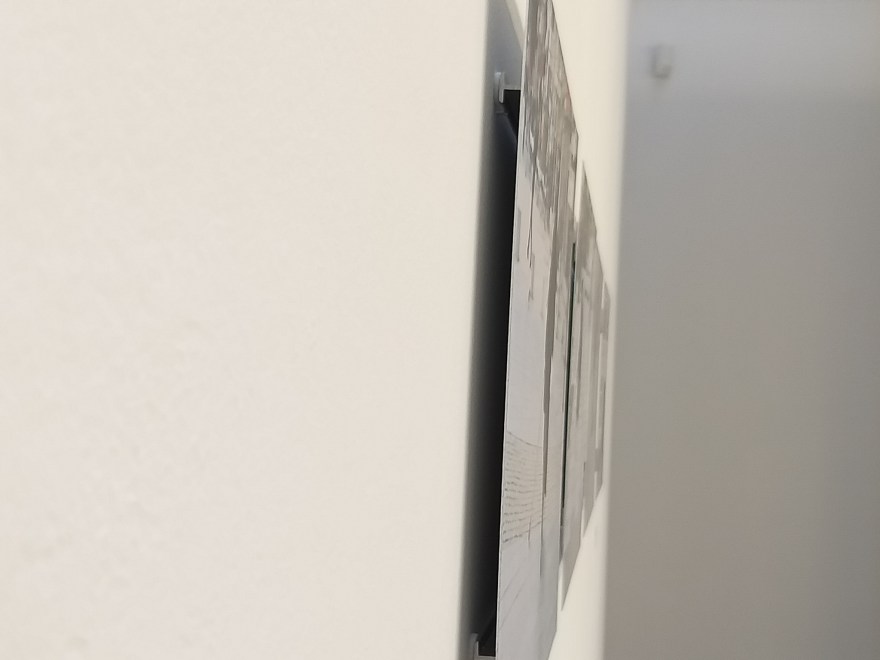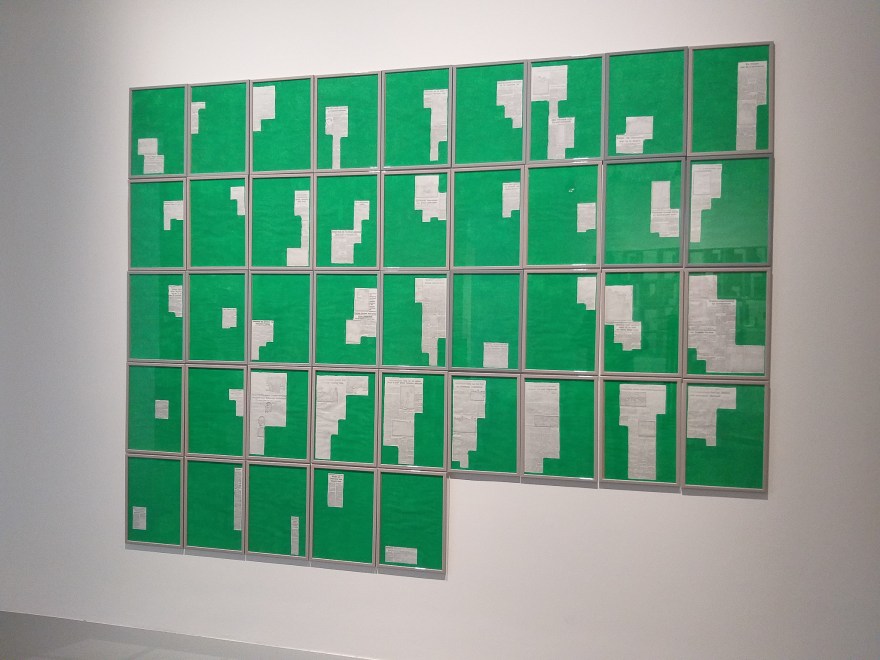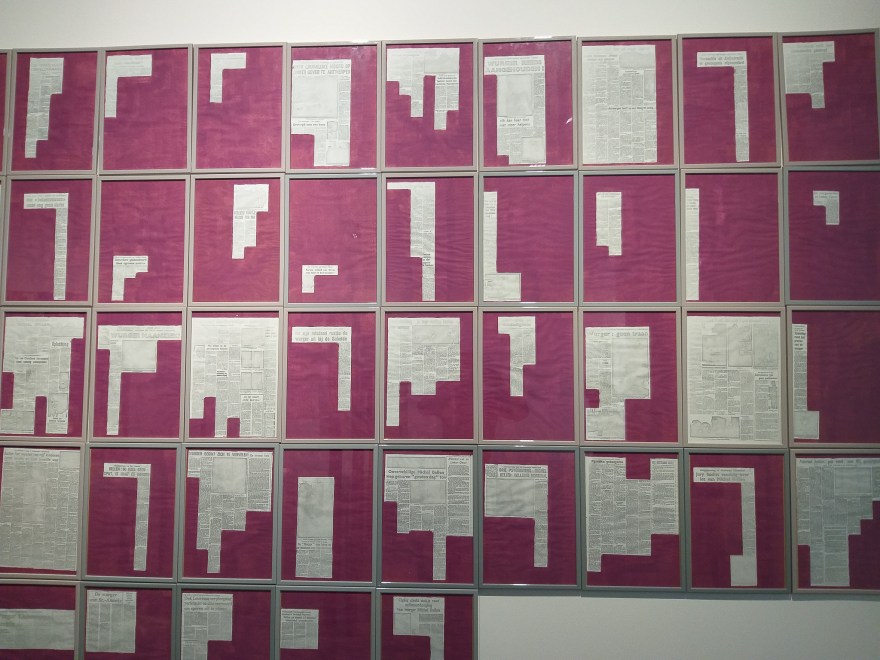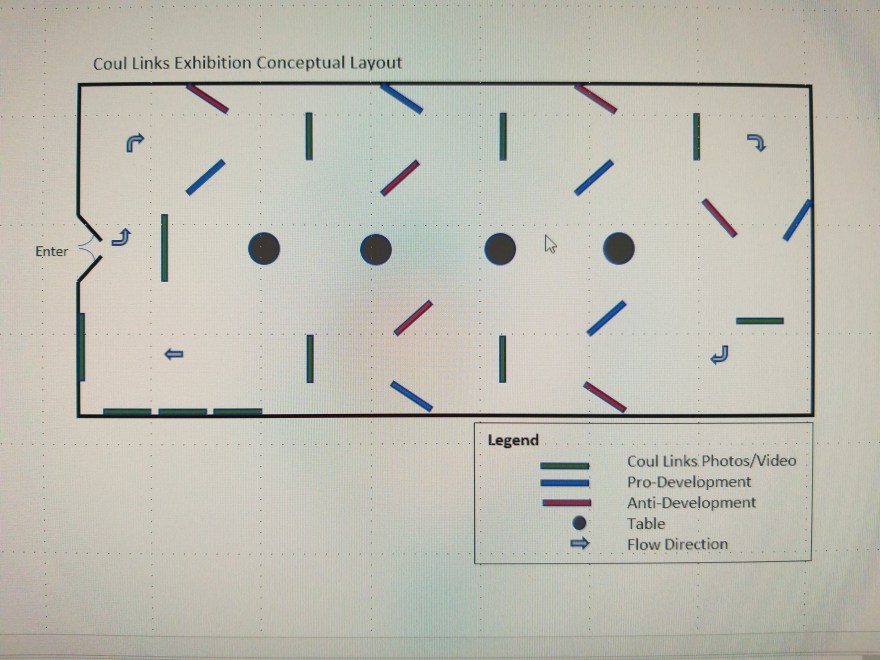The Repeat Photography Project (no date). Available at: http://repeatphotography.org/intro/ (Accessed: 17 June 2018).The Repeat Photography Project (no date). Available at: http://repeatphotography.org/intro/ (Accessed: 20 June 2018).
What is Repeat Photography? – Exploring Land Cover Change Through Repeat Photography (no date). Available at: http://denalirepeatphotos.uaf.edu/index.php/about-the-project/what-is-repeat-photography/ (Accessed: 20 June 2018).
The Social Turn: Collaboration and its Discontents :: Artificial hells; participatory art and the politics of spectatorship (no date). Available at: https://content.talisaspire.com/falmouth/bundles/590c4a61646be007c630a054 (Accessed: 22 June 2018).
The Collaborative Turn :: Taking the matter into common hands; contemporary art and collaborative practices (no date). Available at: https://content.talisaspire.com/falmouth/bundles/590c9d26540a2665d636d414 (Accessed: 22 June 2018).İki
Deniz Arası – Between Two Seas – Home | Facebook (no date). Available at: https://www.facebook.com/ikidenizarasi (Accessed: 24 June 2018).
Highland fury as Trump rival drives golf course plan forward | UK news | The Guardian (no date). Available at: https://www.theguardian.com/uk-news/2018/jun/23/highland-fury-trump-rival-drives-golf-course-plan (Accessed: 25 June 2018).
Embo’s Coul Links golf course backed by councillors – BBC News (no date). Available at: https://www.bbc.co.uk/news/uk-scotland-highlands-islands-44537876 (Accessed: 25 June 2018).
Councillors defer decision on Coul Links golf course – BBC News (no date). Available at: https://www.bbc.co.uk/news/uk-scotland-highlands-islands-44371329 (Accessed: 25 June 2018).
Coul Links Conservation Case | Our Work – The RSPB (no date). Available at: https://www.rspb.org.uk/our-work/our-positions-and-casework/casework/cases/coul-links/ (Accessed: 25 June 2018).
Highland councillors defy their officials by voicing unanimous support for Coul Links plans | Press and Journal (no date). Available at: https://www.pressandjournal.co.uk/fp/news/highlands/1491262/highland-councillors-defy-their-officials-by-voicing-unanimous-support-for-coul-links-plans/ (Accessed: 25 June 2018).
jenny odell • travel by approximation (no date). Available at: http://www.jennyodell.com/tba.html (Accessed: 27 June 2018).
You Talking To Me? On Curating Group Shows that Give You a Chance to Join the Group :: What makes a great exhibition? (no date). Available at: https://content.talisaspire.com/falmouth/bundles/59145899540a2631415f8494 (Accessed: 8 July 2018).
John Hallmén (no date). Available at: http://www.johnhallmen.se/2016/4/25/morning-stretch (Accessed: 8 July 2018).
John Hallmén (no date). Available at: http://www.johnhallmen.se/2016/12/8/emus-hirtus-1 (Accessed: 10 July 2018).
walead beashty cyanotypes – Google Search (no date). Available at: https://www.google.com/search?q=walead+beashty+cyanotypes&client=firefox-b-ab&source=lnms&tbm=isch&sa=X&ved=0ahUKEwjttqT3uJzcAhWU0aYKHbPUBMwQ_AUICigB&biw=1440&bih=733 (Accessed: 13 July 2018).
Alex MacLean, Aerial Photographer (no date). Available at: http://www.alexmaclean.com/ (Accessed: 13 August 2018).
Marilyn Bridges photography: Ancient and Contemporary locations worldwide, Prints and books available. (no date). Available at: https://marilynbridges.com/ (Accessed: 13 August 2018).
Yann Arthus-Bertrand (no date). Available at: http://www.yannarthusbertrand.org/ (Accessed: 13 August 2018).
The Dunes — Sophie Gerrard (no date). Available at: https://www.sophiegerrard.com/work/the-dunes/ (Accessed: 17 August 2018).
POWERS OF TEN AND THE RELATIVE SIZE OF THINGS IN THE UNIVERSE | Eames Office (no date). Available at: http://www.eamesoffice.com/the-work/powers-of-ten/ (Accessed: 20 August 2018).
Kevin Murray Golf Photography | Golf Photos | Top Golf Photographer (no date). Available at: http://kevinmurraygolfphotography.com/ (Accessed: 22 August 2018).
Golf Photography – Mark Alexander (no date). Available at: http://www.markalexandergolfphotography.com/golf-photography/ (Accessed: 22 August 2018).
11 tips: How to make amazing golf course photos – Golf Photography by Kaia Means (no date). Available at: http://golfvisuals.com/amazing-golf-course-photos/ (Accessed: 22 August 2018).
Paul Severn Golf Photographer /Golf Course Images/Golf Tournaments/Golf Picture Library (no date). Available at: https://www.severnimages.com/index (Accessed: 22 August 2018).
Power and the Camera: Gregory Halpern Talks Intuition, Reflection and Representation • Magnum Photos (no date). Available at: https://www.magnumphotos.com/theory-and-practice/gregory-halpern-profile-intuition-representation/ (Accessed: 27 October 2018).
Learning from the Master • Inge Morath • Magnum Photos (no date). Available at: https://www.magnumphotos.com/theory-and-practice/learning-from-the-master/ (Accessed: 27 October 2018).
History of Art Timeline (no date). Available at: http://www.visual-arts-cork.com/history-of-art-timeline.htm (Accessed: 19 November 2018).
History of Photography (no date). Available at: http://www.visual-arts-cork.com/photography/photo-history.htm (Accessed: 19 November 2018).
Biography of Axel Hutte | Widewalls (no date). Available at: https://www.widewalls.ch/artist/axel-hutte/ (Accessed: 20 November 2018).
Biography of Axel Hutte | Widewalls (no date). Available at: https://www.widewalls.ch/artist/axel-hutte/ (Accessed: 24 November 2018).
Edward Burtynsky (no date). Available at: https://www.edwardburtynsky.com/ (Accessed: 24 November 2018).
Work – Simon Roberts (no date). Available at: https://www.simoncroberts.com/work/ (Accessed: 27 November 2018).
Coming-soon–of-love-war : lynsey addario, photographer (no date). Available at: http://www.lynseyaddario.com/ (Accessed: 27 November 2018).
Biography — Edward Burtynsky (no date). Available at: https://www.edwardburtynsky.com/about/biography/ (Accessed: 2 December 2018).
Edward Burtynsky (no date). Available at: https://www.edwardburtynsky.com/ (Accessed: 3 December 2018).
Axel Hütte | artnet (no date). Available at: http://www.artnet.com/artists/axel-hütte/ (Accessed: 3 December 2018).
Cindy Sherman: Me, myself and I | Art and design | The Guardian (no date). Available at: https://www.theguardian.com/artanddesign/2011/jan/15/cindy-sherman-interview (Accessed: 14 December 2018).
THE DETACHED GAZE | THOUGHTS AND SOURCES ON ALTERNATIVE WAYS OF SEEING (no date). Available at: https://thedetachedgaze.com/ (Accessed: 16 December 2018).
The Anthropocene Project — Edward Burtynsky (no date). Available at: https://www.edwardburtynsky.com/projects/the-anthropocene-project/ (Accessed: 9 January 2019).
Sprawling Anthropocene project shows humanity’s enormous impact on the planet | The Star (no date). Available at: https://www.thestar.com/entertainment/visualarts/review/2018/09/30/sprawling-anthropocene-project-shows-humanitys-enormous-impact-on-the-planet.html (Accessed: 9 January 2019).
Edward Burtynsky – The Anthropocene Project – Photo Review (no date). Available at: https://www.photoreview.com.au/stories/edward-burtynskys-anthropocene-project/ (Accessed: 9 January 2019).
Anthropocene art show and documentary will shock you with a view of human impact on the planet – The Globe and Mail (no date). Available at: https://www.theglobeandmail.com/arts/film/reviews/article-four-year-collaboration-project-looks-to-evangelize-the-term/ (Accessed: 9 January 2019).
Aerial Photographs Convey Humanity’s Devastating Effects on Nature (no date). Available at: https://hyperallergic.com/474175/burtynsky-anthropocene-project/ (Accessed: 9 January 2019).
Anthropocene reveals the scale of Earth’s existential crisis – NOW Magazine (no date). Available at: https://nowtoronto.com/culture/art-and-design/anthropocene-burtynsky-baichwal-ago/ (Accessed: 10 January 2019).
Landscape Stories: 80/2014 Axel Hütte (no date). Available at: http://www.landscapestories.net/interviews/80-2014-axel-hutte?lang=en (Accessed: 10 January 2019).
Axel Hütte (no date). Available at: https://www.deutscheboersephotographyfoundation.org/en/collect/artists/axel-huette.php (Accessed: 11 January 2019).
Axel Hütte (no date). Available at: https://www.zingmagazine.com/zing3/reviews/034_hutte.html (Accessed: 11 January 2019).
Aerographica – About (no date). Available at: http://aerographica.org/about/ (Accessed: 30 January 2019).
Safety in Numbness: Some remarks on the problems of ‘Late Photography’’ – David Campany’ (no date). Available at: https://davidcampany.com/safety-in-numbness/ (Accessed: 30 January 2019).
Unequal Scenes – Locations (no date). Available at: https://unequalscenes.com/projects (Accessed: 31 January 2019).
Layla Curtis (no date). Available at: http://www.laylacurtis.com/work/project/45 (Accessed: 4 February 2019).
Matthew Murray — Elliott Halls Gallery (no date). Available at: https://www.elliotthalls.com/matthew-murray (Accessed: 4 February 2019).
Sean O’Hagan | 1000 Words (no date). Available at: http://www.1000wordsmag.com/sean-o-hagan/ (Accessed: 14 February 2019).
Francis Hodgson | 1000 Words (no date). Available at: http://www.1000wordsmag.com/francis-hodgson/ (Accessed: 14 February 2019).
Charlotte Cotton | 1000 Words (no date). Available at: http://www.1000wordsmag.com/charlotte-cotton/ (Accessed: 14 February 2019).
20+ Examples Of Media Manipulating The Truth That Will Make You Question The News (no date). Available at: http://news.shareably.net/20-examples-media-manipulating-the-truth/?utm_source=fb_ads&utm_medium=facebook&utm_campaign=con-20-examples-media-manipulating-the-truth-43210373-1828482422&utm_identifier=61ebf249-eb13-ab34-dacb-1fb2315789e6 (Accessed: 14 February 2019).
Pete Davis Tin Sheds of Wales (no date). Available at: http://www.pete-davis-photography.com/sheds.html (Accessed: 14 February 2019).
gaze | The Chicago School of Media Theory (no date). Available at: https://lucian.uchicago.edu/blogs/mediatheory/keywords/gaze/ (Accessed: 3 March 2019).
Jane Austen believed beauty could come in every shape and size. What else can she teach us about wellness? – The Washington Post (no date). Available at: https://www.washingtonpost.com/lifestyle/wellness/jane-austen-thought-every-body-was-beautiful-what-else-can-her-works-teach-us-about-wellness/2019/03/08/9787dbda-3eba-11e9-a0d3-1210e58a94cf_story.html?utm_term=.4a08d894ebcb (Accessed: 18 March 2019).
Saddleworth — Matthew Murray Photography (no date). Available at: https://www.matthewmurray.co.uk/saddleworth (Accessed: 25 March 2019).
Menie: TRUMPED — Alicia Bruce (no date). Available at: https://aliciabruce.co.uk/menie/nky2fh0zmtn37cvcnspxtr1mrdy64m (Accessed: 17 June 2019).
chrystel lebas home (no date). Available at: http://www.chrystellebas.com/index.htm (Accessed: 20 June 2019).
(221) Charlotte Davies – Éphémère, Responsive Environment 1998 – YouTube (no date). Available at: https://www.youtube.com/watch?v=Oa_aiw7yhpI (Accessed: 17 November 2019).
Say NO to a golf course at Coul Links | Scottish Wildlife Trust (no date). Available at: https://scottishwildlifetrust.org.uk/our-work/our-advocacy/current-campaigns/coul-links/ (Accessed: 18 November 2019).
Glasgow School – Wikipedia (no date). Available at: https://en.wikipedia.org/wiki/Glasgow_School (Accessed: 18 November 2019).
Coul Links – Beyond the Noise (no date). Available at: https://www.northern-times.co.uk/news/coul-links-beyond-the-noise-185174/ (Accessed: 18 November 2019).
Zeeland flood museum – Google Search (no date). Available at: https://www.google.com/search?q=Zeeland+flood+museum&tbm=isch&tbs=rimg:CcrAu8mRlPtZImCW5AVy4_1BD2nUEGytn5Pfx4Qifz3xAz5sd0WgQEeLYvAdH0sG1wlV6zRvTHgGOG34384m4fnXQQnYTbW-IV2zPc3op0CgfibhkMU-E4c-CwRc6dEpHadvcSConAYiHb2oqEgmW5AVy4_1BD2hGxYbgOf44z_1yoSCXUEGytn5PfxEcH78g0sawc6KhIJ4Qifz3xAz5sRFe7vxunYJYcqEgkd0WgQEeLYvBHJ6xXpagYBFCoSCQdH0sG1wlV6Ec7CG5sJnAftKhIJzRvTHgGOG34RNxXJV4a4QFMqEgk384m4fnXQQhGDi723rz9G3ioSCXYTbW-IV2zPEdyGsVasbDrCKhIJc3op0CgfibgRVxBJCnQJsz0qEglkMU-E4c-CwRGd_1L1oADSeXioSCRc6dEpHadvcEbYPvJ8wN53_1KhIJSConAYiHb2oR0qSm9pyK7Wc&tbo=u&sa=X&ved=2ahUKEwjgjPjNnYjmAhWHDxQKHftMAeMQuIIBegQIARAv&biw=1536&bih=722&dpr=2.5#imgrc=pnRqmzVieyiDpM: (Accessed: 26 November 2019).
watersnoodmuseum – Google Search (no date). Available at: https://www.google.com/search?q=watersnoodmuseum&rlz=1C1SQJL_enGB858GB858&sxsrf=ACYBGNTJGL7yrEvoUBoHVn5FXupXsgbtPQ:1575040231161&tbm=isch&source=iu&ictx=1&fir=ysC7yZGU-1kaxM%253A%252CwfvyDSxrBzoZpM%252C_&vet=1&usg=K_Y6jnw8wUbLDAOQ3yFZa27MvPgBs%3D&sa=X&ved (Accessed: 29 November 2019).
Scottish Government – DPEA – Case Details (no date). Available at: http://www.dpea.scotland.gov.uk/CaseDetails.aspx?ID=119883 (Accessed: 1 December 2019).
Photographs Gallery — Edward Burtynsky (no date). Available at: https://www.edwardburtynsky.com/projects/photographs (Accessed: 3 December 2019).
Adams, R. (1994) Why People Photograph. 1st edn. New York: Aperture.
Alexander, B. and C. (2011) Forty Below. Manston: Arctica Publishing.
Arnold, D. (2011) ‘Hegel and Ecologically Oriented System Theory’, Journal of Philosophy. Kathmandu, United States Kathmandu, Kathmandu: Society for Philosophy and Literary Studies, 7(16), p. 0_3. Available at: http://ezproxy.falmouth.ac.uk/docview/1170929513?accountid=15894.
Arthus-Bertrand, Y. (2001) The Earth From The Air 365 Days. London: Thames and Hudson, Ltd.
Auge, M. (2008) Non-Places: An Introduction to Supermodernity. London, New York: Verso.
Azoulay, A. (2016) ‘Photography Consists of Collaboration: Susan Meiselas, Wendy Ewald, and Ariella Azoulay’,
Camera Obscura: Feminism, Culture, and Media Studies, 31(1 91), pp. 187–201. doi: 10.1215/02705346-3454496.Barker, E. (1999) ‘Introduction [IN] Contemporary cultures of display’, in Barker, E. and University, O. (eds) Contemporary cultures of display. New Haven: Yale University Press in association with the Open University, pp. 8–21.
Barnes, R. (no date) Civil War — Richard Barnes. Available at: http://www.richardbarnes.net/civil-war-1/ (Accessed: 9 August 2018).
Barrett, T. (2000) Criticizing Photographs: An Introduction to Understanding Images. New York: McGraw Hill.
Barthes, R. (1977) Image Music Text. New York: Hill and Wang.
Barthes, R. (1981) Camera Lucida: Reflections on Photography. New York: Hill and Wang.
Bate, D. (2016) Photography; The Key Concepts. 2nd edn, The Key Concepts. 2nd edn. London and New York: Bloomsbury Academic.
Bear, J. and Albers, K. P. (2017) Before-and-After Photography; Histories and Contexts. 1st edn. London; New York: Bloomsbury Academic.
Benjamin, W. (1931) Selected Writings 2, Part 2 1931-1934. Edited by G. Eiland, H., Jennings, M.W., and Smith. Cambridge, MA and London: Belknap Press.
Berger, J. (2013) Understanding a Photograph. Edited by G. Dyer. 2013: Penguin Books Ltd.
Berger, J. (1972) Ways of Seeing. London: Penguin Books Ltd.
Billcliffe, R. (2002) The Glasgow Boys : the Glasgow school of painting, 1875-1895. John Murray.
Boerma, P. (2006) ‘Assessing Forest Cover Change in Eritrea—A Historical Perspective’, Mountain Research and Development. doi: 10.1659/0276-4741(2006)026[0041:AFCCIE]2.0.CO;2.
Bright, D. (no date) The Machine in The Garden Revisited American Environmentalism and Photographic Aesthetics. Available at: http://www.deborahbright.net/PDF/Bright-Machine.pdf (Accessed: 14 March 2019).
Brogden, J. (2019) Photography and the Non-Place: The Cultural Erasure of the City. First. Cham, Switzerland: Palgrave Macmillan.
Bullock, S. H. et al. (2004) ‘Twentieth century demographic changes in cirio and cardón in Baja California, México’, Journal of Biogeography, 32(1), pp. 127–143. doi: 10.1111/j.1365-2699.2004.01152.x.
Burkhauser, J., Canongate Publishing and Red Ochre Press (no date) Glasgow girls : women in art and design, 1880-1920.
Burton, C., Mitchell, J. T. and Cutter, S. L. (2011) ‘Evaluating post-Katrina recovery in Mississippi using repeat photography’, Disasters, 35(3), pp. 488–509. doi: 10.1111/j.1467-7717.2010.01227.x.
Burtynsky, E., Baichwal, J. and De Pencier, N. (2018) Anthropocene. Gottingen: Steidl.
Campany, D. (ed.) (2007) The Cinematic. London, Cambridge: Whitechapel Gallery and MIT Press.
Carroll, H. (2018) Photographers on Photography: How the Masters See, Think & Shoot. London: Laurence King Publishing Ltd.
Cupido, P. (2019) Ephemere. Zurich: Bildhalle.
Darwent, C. (2007) Weblet Importer. Available at: http://danielgustavcramer.com/infotxt.html (Accessed: 1 April 2019).
Day, A. (2019) Every Photograph You’ve Ever Taken Is a Lie: Steve McCurry, Tom Hunter, and the Problem With Visual Storytellers | Fstoppers, Fstoppers. Available at: https://fstoppers.com/documentary/every-photograph-youve-ever-taken-lie-steve-mccurry-tom-hunter-and-problem-334178 (Accessed: 13 February 2019).
Delaney, H. and Baker, S. (eds) (2015) Another London. London: Tate Publishing.
Deleuze, G. (1997) Essays Critical and Clinical. University of Minnesota Press.
Deleuze, G. (2002) Desert Islands: and Other Texts, 1953-1974. Los Angeles: Semiotexte.
Deleuze, G. (1997) Negotiations. NYC: Columbia University Press.
Derges, S. (no date) Susan Derges. Available at: http://susanderges.co.uk/ (Accessed: 6 July 2018).
Dupre, B. (2007) 50 Ideas You Really Need to Know- Philosophy. First. London: Quercus Editions, Ltd.
Durden, M. (ed.) (2013) 50 Key Writers on Photography. First. Milton Park: Routledge, Taylor & Francis Group.
Emerson, R. W. (2000) The Essential Writings of Ralph Waldo Emerson. Edited by B. Atkinson. New York: Modern Library; Random House.
Ewing, W. A. (2014) Landmark: The Fields of Landscape Photography. New York: Thames and Hudson.
Flusser, V. (1983) Towards a philosophy of photography, English. London: Reaktion Books Ltd. doi: 10.1016/S0031-9406(10)62747-2.
Garnett, J. and Meiselas, S. (no date) ‘ON THE RIGHTS OF MOLOTOVMAN Appropriation and the art of context’. Available at: http://www.firstpulseprojects.com/On-the-Rights-of-Molotov-Man.pdf (Accessed: 15 June 2018).
Gerrard, S. (no date) The Dunes. Available at: https://www.sophiegerrard.com/work/the-dunes/.
Gill, S. (no date) Stephen Gill Portfolio. Available at: https://www.stephengill.co.uk/portfolio/portfolio (Accessed: 6 July 2018).
Groom, A. (ed.) (2013) Time. London, Cambridge: Whitechapel Gallery and MIT Press.
Hand, M. (2012) Ubiquitous Photography. Cambridge: Polity Press.
Hariman, R. and Lucaites, J. L. (2016) The Public Image: Photography and Civic Spectatorship. Chicago and London: The University of Chicago Press.
Heiferman, M. (2012) Photography Changes Everything. First. New York: Aperture.
Hendrick, L. E. and Copenheaver, C. A. (2009) ‘Using Repeat Landscape Photography to Assess Vegetation Changes in Rural Communities of the Southern Appalachian Mountains in Virginia, USA’, Mountain Research and Development, 29(1), pp. 21–29. doi: 10.1659/mrd.1028.
Hooper, R. (no date) Jesus, Buddha, Krishna &Lao Tzu: The Parallel Sayings. Charlottesville, VA: Hampton Roads Publishing Company. Inc.
Hume, D. (2015) A Treatise of Human Nature. USA: Jefferson Publication.
Hurn, D. and Jay, B. (2009) On Being a Photographer. Third. Anacortes, WA: LensWork Publishing.
Jay, B. (2000) Occam’s Razor: An Outside-In View of Contemporary Photography. Third. Tucson, AZ: Nazraeli Press.
Johnson P and Rogers, G. (2003) ‘Ephemeral wetlands and their turfs.’, Science for Conservation, 230.
Juniper, A. (2003) Wabi Sabi – the japanese art of impermanance. First. North Clarendon, VT: Tuttle Publishing.
Kempton, B. (2018) Wabi Sabi – Japanese Wisdom for a Perfectly Imperfect Life. London: Piatkus.
Kholief, O. (ed.) (2015) Moving Image. London, Cambridge: Whitechapel Gallery and MIT Press.
Kleon, A. (2012) Steal Like an Artist: 10 Things Nobody Told You about Being Creative, Steal Like an Artist. New York: Workman Publishing Company. doi: 10.1017/CBO9781107415324.004.
Kleon, A. (2014) Show Your Work: 10 Ways to Share Your Creativity and Get Discovered. New York: Workman Publishing Company.
Klett, M. (2003) Yosemite in Time. Available at: http://www.markklettphotography.com/yosemite-in-time/.
Klett, M. (1979) Rephotographic Survey Project. Available at: http://www.markklettphotography.com/rephotographic-survey-project/.
Lao-Tzu (1993) Tao Te Ching. Edited by S. Addiss and S. Lombardo. Indianapolis: Hackett Publishing Company, Inc.
Lao-Tzu (2011) Tao Te Ching: The Book of the Way. Edited by S. Mitchell. London: Kyle Books.
Lebas, C. (2006) Between Dog and Wolf. London: Azure Publishing.
MacCaig, N. (no date) Between Mountain and Sea: Poems from Assynt. Edited by R. Watson. 2018: Polygon Books.
McCall Smith, A. (ed.) (2018) A Gathering: A Personal Anthology of Scottish Poems. London: Polygon Books.
McCullin, D. (2019) Don McCullin. Edited by A. Mehrez. London: Tate Publishing.
Miers, M. (ed.) (2012) Highlands and Islands: A Collection of Poetry of Place. London: Eland Publishing Ltd.
Miller, J. (no date) Unequal Scenes – Locations. Available at: https://unequalscenes.com/projects (Accessed: 4 February 2019).
Misrach, R. and Orff, K. (2010) Petrochemical America. New York: Aperture.
Murray, M. (2017) Saddleworth. Amsterdam: Gallery Vassie.
Murray, M. (2017) Saddleworth. Available at: https://www.matthewmurray.co.uk/saddleworth (Accessed: 25 March 2019).
Muybridge, E. (1979) Muybridge’s Complete Human and Animal Locomotion, Volume III. New York: Dover Publications.
Oorthuys, C. and Zoetendaal, W. van. (1992) Cas Oorthuys, guaranteed real Dutch, Congo. Uitgeverij DUO/DUO. Available at: https://www.google.com/search?q=cas+oorthuys+photographer&rlz=1C1ZKTG_enUS685GB690&tbm=isch&tbo=u&source=univ&sa=X&ved=2ahUKEwj_pd7hrvPeAhUSSK0KHTqoBwIQiR56BAgBEBE&biw=1536&bih=723 (Accessed: 27 November 2018).
Parisi, C. (2010) Essays and Interview with Daniel Gustav Cramer, Klat Magazine #04. Available at: http://danielgustavcramer.com/infotxt.html (Accessed: 1 April 2019).
Pauli, L. (2003) Manufactured Landscapes: the Photographs of Edward Burtynsky. 7th (2014. Ottawa: National Gallery of Canada.
Polanyi, M. (1966) The Tacit Dimension. 2009th edn. Chicago and London: University of Chicago Press.
Ritchin, F. (2013) Bending the Frame: Photojournalism, Documentary, and the Citizen. New York: Aperture.
Ritchin, F. (2009) After Photography. New York: W.W. Norton and Company, Inc.
Rosenfeldt, J. (no date) The Ship of Fools, 2007 | Julian Rosefeldt. Available at: https://www.julianrosefeldt.com/film-and-video-works/the-ship-of-fools-2007/ (Accessed: 17 November 2019).
Rosler, M. (1982) In, Around and Afterthoughts on Documentary Photography in The Contest of Meaning (1992). Edited by R. Bolton. Cambridge, MA: MIT Press.
Schiel, S. (no date) What is Social Landscape Photography? | Teeksa Photography—Skip Schiel. Available at: https://skipschiel.wordpress.com/2016/11/29/what-is-social-landscape-photography/ (Accessed: 13 August 2018).
Sekula, A. (1982) ‘On the Invention of Photographic Meaning’, in Burgin, V. (ed.) Thinking Photography. London: Palgrave Macmillan.
Shore, S. (2007) The Nature of Photographs. 2018th edn. London and New York: Phaidon Press.Smiles, S. (no date) ‘Critical Contexts’. Available at: http://www.tate.org.uk/research/publications/in-focus/mousehold-heath-norwich-john-crome/critical-contexts (Accessed: 13 April 2018).
Smith, T. (2007) ‘Repeat Photography as a Method in Visual Anthropology’, Visual Anthropology, 20(2–3), pp. 179–200. doi: 10.1080/08949460601152815.
Snyder, J. and Allen, N. W. (no date) ‘Photography, Vision and Representation’, Critical Inquiry, pp. 141–169.
Solnit, R. (2001) Wanderlust: A History of Walking. London: Penguin Books.
Sonnentag, O. et al. (2012) ‘Digital repeat photography for phenological research in forest ecosystems’, Agricultural and Forest Meteorology, 152, pp. 159–177. doi: 10.1016/j.agrformet.2011.09.009.
Sontag, S. (2004) ‘Regarding the Torture of Others’, The New York Times Magazine, (23 May 2004). Available at: ttps://goo.gl/PwSVZ.
Sontag, S. (1977) On Photography. Hammondsworth, UK: Penguin Books Ltd. doi: 10.1007/s13398-014-0173-7.2.
Southam, J. (2007) The Painter’s Pool. Portland: Nazraeli Press.Southam, J. (2018) The Moth. UK: Mack Books.
Stallabrass, J. (ed.) (2013) Documentary. London, Cambridge: Whitechapel Gallery and MIT Press.
Stanford University and Center for the Study of Language and Information (U.S.) (1997) Stanford encyclopedia of philosophy. Stanford University. Available at: https://plato.stanford.edu/entries/deleuze/ (Accessed: 21 December 2018).
Sternfeld, J. (1996) On this site : landscape in memoriam. Chronicle Books.
Sternfeld, J. et al. (2009) Walking the High Line.
Steidl.Stichweh, R. (no date) ‘Systems Theory’. Available at: https://www.fiw.uni-bonn.de/demokratieforschung/personen/stichweh/pdfs/80_stw_systems-theory-international-encyclopedia-of-political-science_2.pdf (Accessed: 12 April 2018).
Suzuki, R. (2015) Stream of Consciousness. Tokyo: Edition Nord.
Suzuki, R. (2017) Water Mirror. Tokyo: Case Publishing.
Szarkowski, J. (1966) The Photographer’s Eye. 7th printi. New York: The Museum of Modern Art.
Tagg, J. (1988) The Burden of Representation: Essays on Photographies and Histories. Minneapolis: University of Minnesota Press.
Thoreau, H. D. (2017) Walking. Los Angeles: Enhanced Media Publishing.
Thoreau, H. D. (2016) Walden. Milton Keynes: Penguin Random House U.K.
Trachtenberg, A. (ed.) (1980) Classic Essays on Photography. Sedgwick, ME: Leet’s Island Books, Inc.
Vartanian, I., Hatanaka, A. and Kambayashi, Y. (2006) Setting Sun: Writings by Japanese Photographers. New York: Aperture.
von Bertalanffy, L. (2008) ‘An Outline of General System Theory’, Emergence: Complexity & Organization. Emergent Publications, 10(2), pp. 103–123. Available at: http://search.ebscohost.com/login.aspx?direct=true&db=bth&AN=34099391&site=ehost-live.
Walker, J. A. (1997) The Camerawork essays: context and meaning in photography ’, in Evans, J. (ed.). London: Rivers Oram, pp. 52–63.
Webb, R., Boyer, D. and Turner, R. (2010) Repeat Photography: Methods and Applications in the Natural Sciences. Washington, DC: Island Press.
Wells, L. (2015) Photography: a critical introduction. Fifth. London ; New York: Routledge, Taylor & Francis Group.
Wells, L. (2011) Land matters: landscape photography, culture and identity. London ; New York: I.B. Tauris.
Wells, L. (2011) Land matters: landscape photography, culture and identity. London ; New York: I.B. Tauris. Available at: http://www.loc.gov/catdir/enhancements/fy1208/2011293251-b.html.
Wells, L. and Standing, S. (eds) (2009) Relic. First. Plymouth, UK: University of Plymouth Press.
Whitman, W. (2006) The Complete Poems of Walt Whitman. Edited by S. Matterson. Ware, Hertfordshire: Wordsworth Poetry Library.
Wright, J. (2017) Cubby’s Tarn. Purton, Wiltshire: JW Editions.
Yates, M. (2019) Week Seventeen Reflections – Cromarty – Yatesweb. Available at: https://www.yatesweb.com/week-seventeen-reflections-cromarty/ (Accessed: 3 December 2019).
Zier, J. L. and Baker, W. L. (2006) ‘A century of vegetation change in the San Juan Mountains, Colorado: An analysis using repeat photography’, Forest Ecology and Management, 228(1–3), pp. 251–262. doi: 10.1016/j.foreco.2006.02.049.

